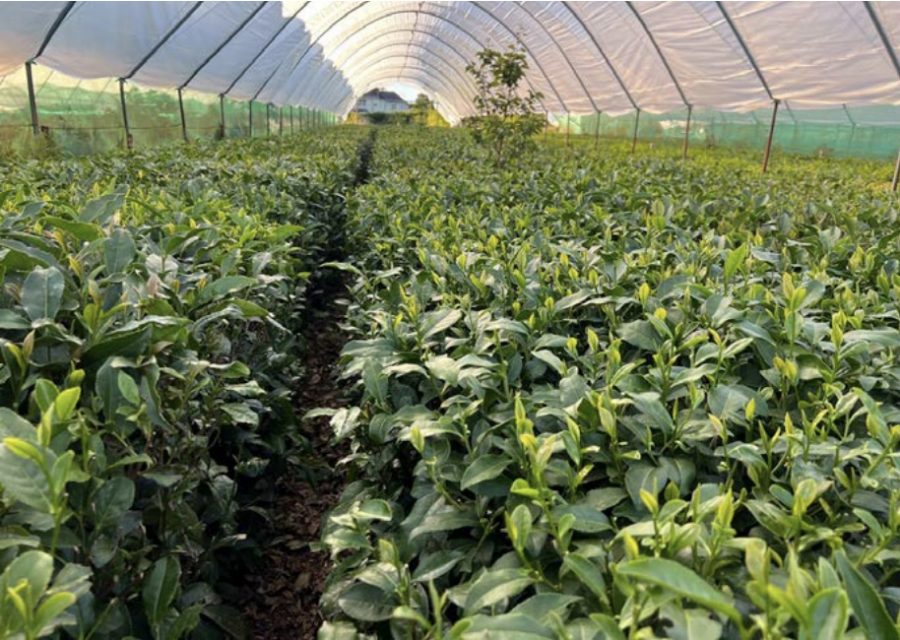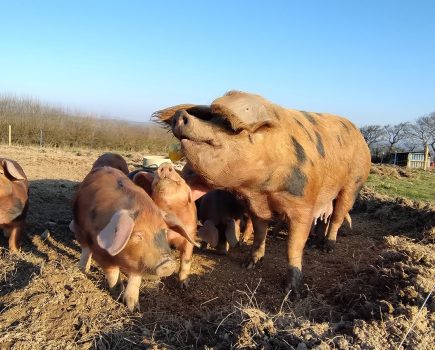In this article extract taken from the Spring issue of The Country Smallholder magazine, Michael Wale reaches for his allotment shed kettle and reports on home grown tea…
We’ve all experienced that dreaded moment when you go to make yourself a cup of tea on your allotment, only to find you have run out of tea. So why not grow your own and never run out in the future? It will take a lot of care, a few years, and some good luck. However, it wasn’t initially Lucy George’s plan to become a tea grower on the family’s small farm seven miles from Cardiff.
She went to the Royal Agricultural College, Cirencester, where she took a course in business studies. It was never her ambition to become a grower, and when she left college she worked in the machinery business. But then in 2002, her parents said they were going to retire and it was time for her to return home and run the family farm. Mostly, the farm grew soft fruit for pick-your-own and used it to flavour ice cream production, a business that had been started by her mother in the 1980s.
However, she felt there was a need for diversification and to take a completely different direction that would give her a stability of income. Everything she had been involved with before had seemed to be seasonal. Randomly, she admits, she came up with the idea of growing tea having researched it on the internet and found it was being grown in Scotland and Cornwall. She explains: “I got a tea consultant in. I took the decision to grow from seed, but It is quite an expensive crop to grow. I got the initial seed direct from the former Russian state of Georgia, and also Nepal. Tea seeds aren’t that expensive. I bought 360 seeds to begin with. After that I was getting 20,000 a year over the next three years”.
BRING ON THE POLYTUNNELS
Lucy’s next investment was in polytunnels and she now has 22 with each one being 46 metres long. After three years she plants some of the tea out into open land but most stay in the polytunnels which guarantee her crop against the wild vagaries of Welsh weather. She tells me “We’re organic with south facing fields. We still lose a lot when they go out in the ground. After twelve months in the ground we start to prune them. We have a strict pruning programme from three to five years, pruning once a year. From the start we’re trying to get the shape for tea picking. We can start to pick when the plants are four to six years old.” This past year Lucy harvested 28 kilos of tea. She has also invested in her own machinery so she could produce the final commercial product.
This article extract was taken from the Spring issue of The Country Smallholder. To read the article in full you can buy the issue here.
To receive regular copies of The Country Smallholder magazine featuring more articles like this, subscribe here.
For regular updates from the world of smallholding, sign up for The Country Smallholder newsletter here.








